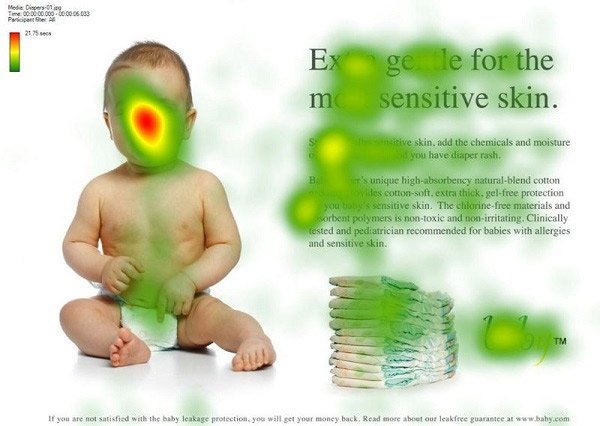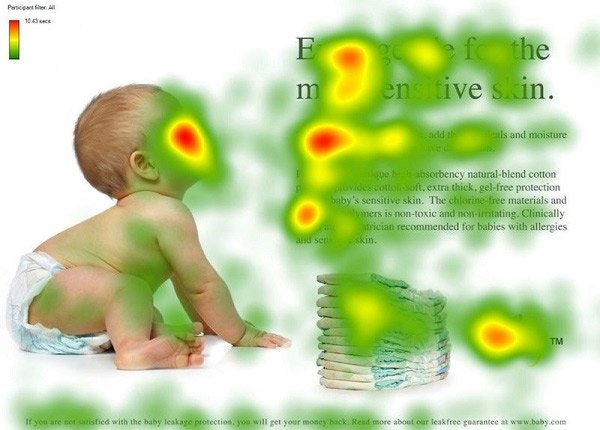Behavioural insights come from the questions you don’t ask.
In the past, Behavioural Insights would come through observation, anthropological repertoire, semiotics etc. Now, technology has brought them to a whole new level: you can gather brain activity, tiny facial movements and even eye focus, to learn more about people’s thoughts and actions.
People make around 221 food-related decisions each day, according to researchers at Cornell University (Wansink and Sobal, 2007). I am sure you don’t remember most of yours. Your brain decides and you don’t even realise. Many times, you don’t know why you behave like this, but you do. This unconscious behaviour can be understood, even if you don’t rationalise it.
You might not know or understand them, but your decisions can be mapped, compared to other people, deciphered, and translated. And then become a goldmine in the hands of marketeers, looking for human needs and sweet spots to fill with their latest brands and products.
Why are Behavioural Insights Relevant?
Behavioural science has given us concepts, theories, and frameworks that help make sense of the complexities of human behaviour and decision making. It gives power to predict and even manipulate consumer behaviour and choices. In a nutshell, they help brands better understand the true drivers of consumer decisions.
Let’s see some examples of usage of behavioural insights to understand how powerful they can be.
According to Neil Patel, there are several ways to use eye tracking to maximise ad impact – for example, using heatmaps to define the most important elements of your ad. And then ensure the elements that “pop” are the ones that really matter, and that you aren’t giving too much weight to visuals that don’t encourage customers to take action.
In the example bellow, we can see the effect of simply moving the baby’s face towards the ad, to make it stand out.
Another example is from the Behavioural Insights Team. Their purpose is to generate and apply behavioural insights to inform policy, improve public services and deliver results for citizens and society worldwide. Let’s investigate an example regarding COVID. They used over 30,000 participants across the globe, to collate some of the behavioural principles to communicate cautions more effectively. Those learnings generated content to guide governments COVID communication during the crisis.


PayPal, for instance, used neuroscience and discovered that commercials focusing on speed and convenience triggered a significantly higher response than those advertising safety and security. Afterwards they developed an entirely new ad campaign based on these results.

The list of examples is huge! But for now, let’s understand how it works and how to leverage Behavioural Insights into strategy that influences consumers.
What are System 1 and 2, and how they connect with Behavioural Insights?
The concept, developed by Daniel Kahneman, states that decision-making is not entirely based on conscious, rational thinking. In his book “Thinking Fast and Slow”, Kahneman describes two modes of thinking:
System 1 is instantaneous, driven by instinct and repertoire.
System 2 is slower, driven by deliberation and logic.
Even when we believe we are making decisions based on rational considerations, our System 1 beliefs, biases, and intuition drive many of our choices.
For example, ask Apple fans why they adore their tablet. Their System 2 will say it’s the convenience, the touch screen, the design, the versatility. However, they are programmed to like them. According to A.K. Pradeep, the response is in their subconscious – the curves, the way it feels in their hands, and in the hormones their brains secrete when they touch the screen. “When you move an icon on the iPad and it does what you thought it would do, you’re surprised and delighted it actually happened,” he says. “That surprise and delight turn into a dopamine squirt, and you don’t even know why you liked it.” This is the System 1 being activated.
System 1 thinking can drive which ads consumers pay attention to, as well as what brands they buy. Plenty of marketers are desperate to crack the System 1 code and embed their brands into consumers’ minds.
How to use Behavioural Science in Marketing
Neuromarketing refers to the measurement of physiological and neural signals to understand customers’ motivations, preferences, and decisions. It provides insights for creative advertising, product development, pricing, and other marketing areas.
There are several tools to collect behavioural data to nurture marketing strategies. The diagram bellow shows the main differences between them, and how to leverage them for marketing insights.
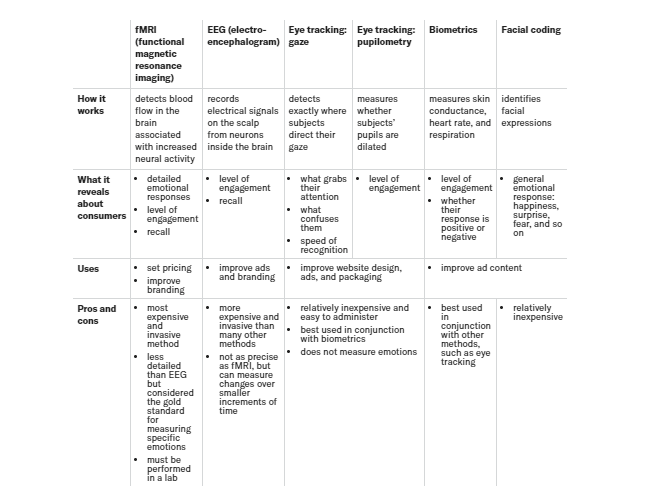
Every marketeer’s dream is to become the automatic, no-brainer purchase. It requires System 1 brain processing. And whereas there are many ways to collect insights, there are also a lot of mis-usage, leading to many myths, misconceptions, and missed opportunities.
For instance, thinking that all decision making in System 1 is emotionally driven is a common mistake, leading to lots of emotional ads to tackle it (not always successfully). All emotional activity lies in System 1, but not all System 1 thinking is emotional. And to be honest, quite frequently, System 2 can tag-team with System 1 to drive choices.
How to use Behavioural Science in Market Research
Sometimes seen as the enemy by more traditional researchers, Neuroscience learnings are not asked, they are gathered. But they also need translation to make sense and guide business’ decisions. Hence, I prefer to see them as a new step I encourage insights professionals to understand and tackle.
They are often paired with traditional research methods for greater insights. The key is to understand all the consumer’s context, no matter where they come from, and transform them into business opportunities.
Behavioural models typically integrate information from diverse fields such as market research, psychology, neuroscience, and microeconomics.
Consumer Neuroscience combines traditional consumer research and modern neuroscience to study consumers response to marketing stimuli.
One example are communication tests that use traditional questions, such as likeability or purchase intention, but also add facial coding to understand the specific scenes to trigger good emotions and intentions. As well as remove scenes that bring confusion and negative feelings.
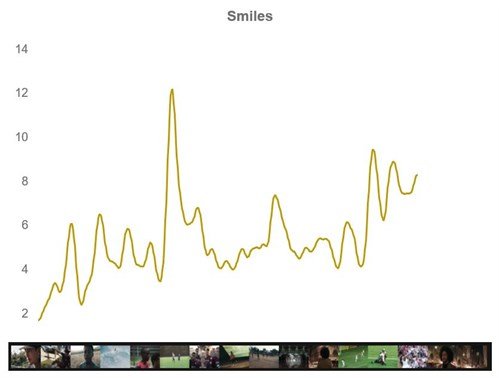
Behavioural economics, on the other hand, study the effects of psychological, cognitive, emotional, cultural and social factors, combined with microeconomy drivers, to influence public choice.
Here are some practical examples of its use, to encourage specific outcomes:
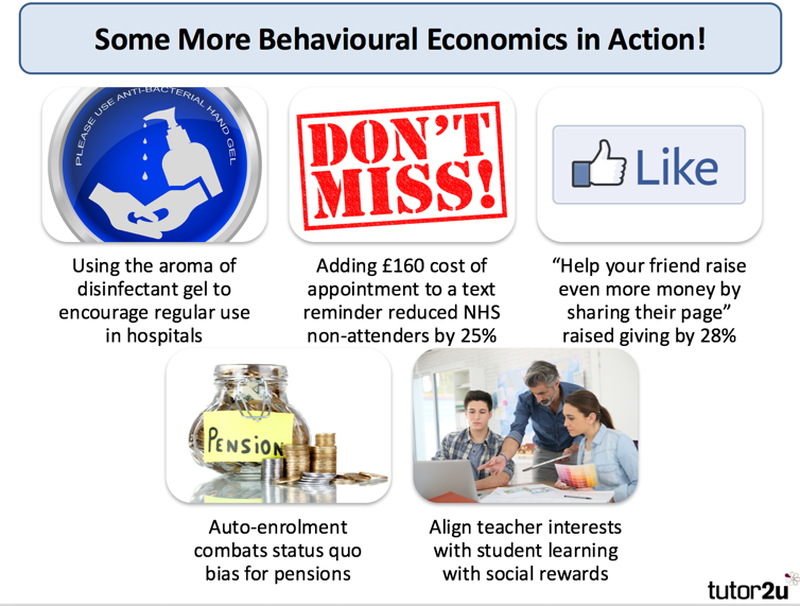
How to avoid bias In Behavioural Insights and Research?
Prior information and good planning ensure success when using Behaviour Research methods. Let’s understand how:
1. Start with hypothesis
You can’t go in blind and see what you learn. It is crucial to focus on what is understandable and how to measure it. For example, reframe research briefing from “we would like to uncover the reason why…” to “what are the behaviours that we can change to make Brand X consumers choose my brand instead?”.
2. Measure actions, not an intent
We have said that before… Consumers don’t rationalize all their choices and can’t predict future actions. It is better to ask consumers to choose one product over the other in a forced choice, or to “invest” currency into one concept or another. These tasks replicate how consumer choices are made in the real world, rather than asking “What if?” questions.
3. Use control groups
If you want to change consumer perceptions about a brand using advertising, for example, comparing results to a control group helps explaining how the ad affects brand perception and choice. Without it, you don’t actually know if your ad has been effective or if it just maintained current status.
4. Broad stimulus
Map the possibilities and even though they seem unlikely to happen (for you maybe), explore them. This will give you confidence that the route you’ve chosen is the best for your business – avoiding preconceptions and biases.
What are the most common behavioural insights sources?
Social Media & Search Intelligence
It means analysing what’s said about your organisation, products, or competitors on social media. Social Listening can use AI-based tools or even be carried out manually for qualitative or illustrative purposes. It helps to understand your audience, their tone, and interpret their emotions to create actionable insights.
Biometrics – Facial Coding & Eye Tracking
Biometrics techniques used to interpret consumer emotions without the bias of self-reporting. It analyses and interprets facial expressions and eye movement, to understand perceptions, reactions and sentiments in response to stimulus.
Passive Metering
Used to collect facts, not sentiments. It works through a tracking software installed in mobile devices, to gather consumer activities (places visited, time spent, credit card usage, online behaviour etc). It can be used to understand a consumer journey online and offline without bias.

Implicit Response Tests
IRTs are designed to measure only the System 1, revealing hidden information that interviews, questionnaires, or focus groups cannot. They are captured through several methods that measure the body’s involuntary time to react and reactions to stimulus, revealing hidden biases.
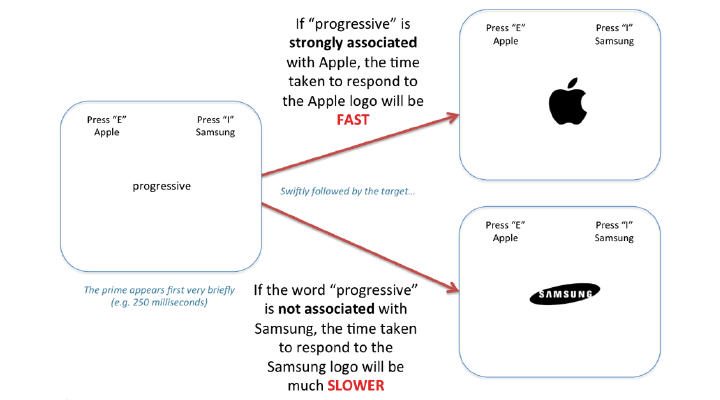
Video Research
A video can provide insights on how consumer’s behave, with nuances that provide emotion, behaviour and expressions that participants don’t rationalize. For example, I have used it a lot for cooking aids. Most people just cook without measuring, but if you ask them, they will say things like “I use 500ml of water” or “2 spoons of gravy powder, no need for salt”. But then, when you watch the video, while they were saying those things, they actually used 1 liter of water and many spoons of salt. It is not that consumers lie. Well, in fact they do, but not willingly. It is the automatic behaviour triggered by System 1.

Voice Analytics
Understanding of how consumers really think, feel and behave, through voice records. The intent is to gather intonation and breathing patterns, to measure stress levels.
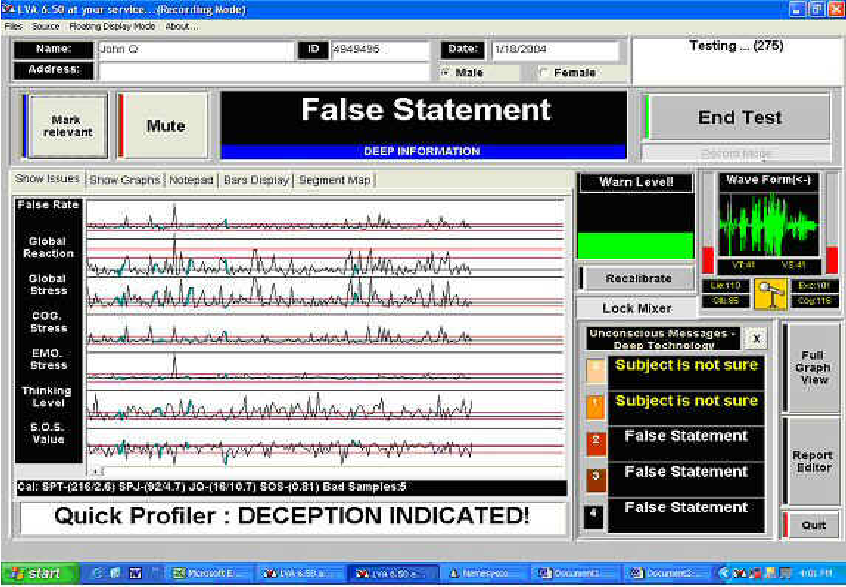
Behavioural Insights are so broad we could go on for hours about it! There are many features, tools, techniques, books and theories.
It is not about magic or guessing, it is science! It is understanding how your culture, experiences and background can affect consumption choices.
From a marketing perspective, it helps understanding how Brands can really touch and engage consumers, influencing and driving their choices. There is a thin ethical line separating marketing and manipulation, but we can talk about it in the future.
On October 6th and 7th, Insight Platforms is hosting the Behavioural Insights Summit 2021. Join us to learn more about this amazing topic, and to know modern trends and techniques to gather consumer insights in this field.
